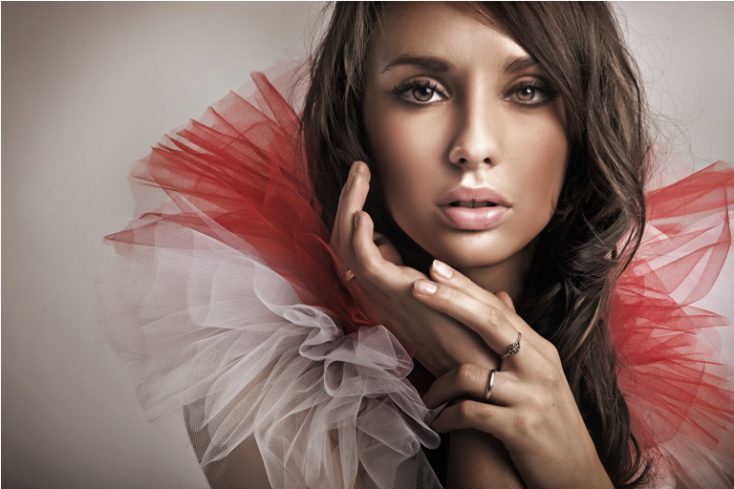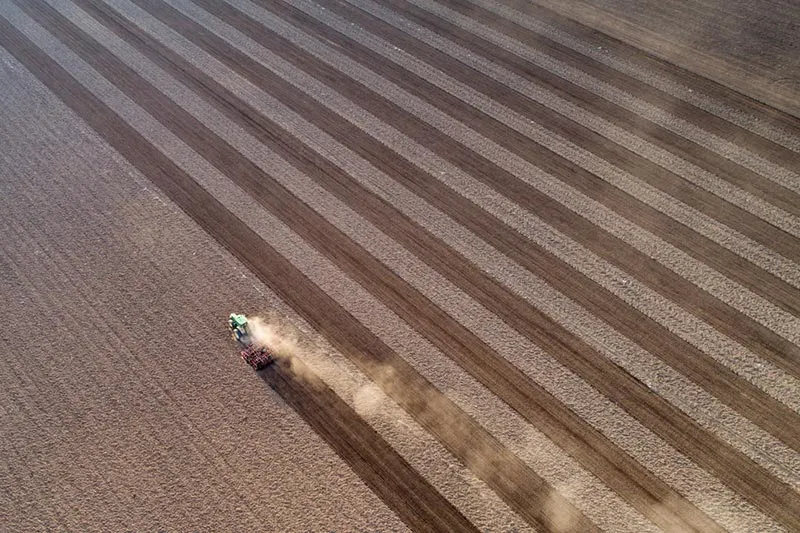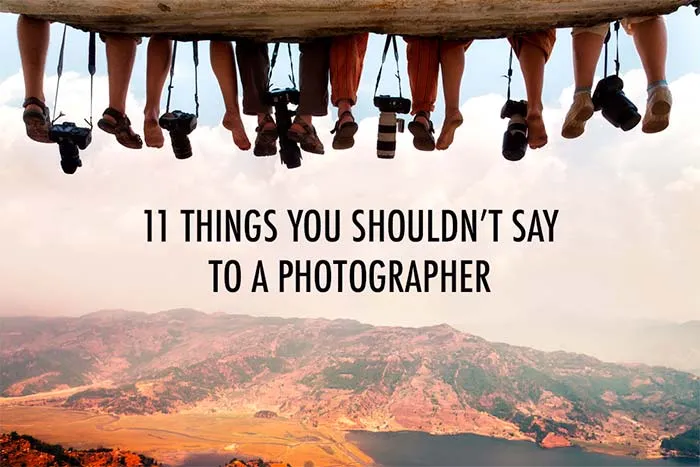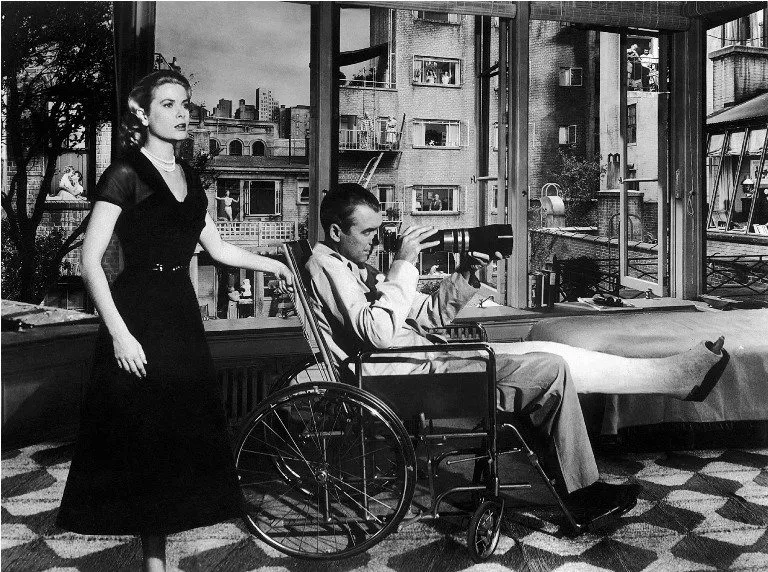Say Cheese!
Do you smile while somebody takes a photo of you? A little more than a century ago, our ancestors smiled rarely for the camera. And absence of good dentistry was not the reason. In 1870, the grueling time required for a good exposure could reduce any trace of a smile. Besides, an opportunity to have your portrait taken might occur only once in your life, so it was prudent to take it seriously. Emotions played a small role in early portraiture, even though laughter was considered to be one of the qualities of an educated person.
Portraitists aren’t looking for the archaic smile of ancient statues; the mysterious Mona Lisa smile is much more desirable. There are only 4 muscles required to make a smile, and it should look natural. However, as people get older, their smile is less natural, and men generally smile less than women. As a result, smiles look anything but sincere.
The tradition of smiling for the camera appeared around 1920: photographers started to ask children from British schools to reflect joy and happiness on their faces. Soon a request to smile was replaced by saying the word “cheese” — because the broad “e” sound broadened the mouth into a smile. Australians use the word “money,” Spaniards say “patata,” and Japanese use “whiskey,” all to prompt photographic subjects to smile.
Given that today, almost everyone can be a photographer with serious artistic ambitions, there must be certain criteria to draw a line between high and low art. A smile is one of those criteria. For some working nowadays, smiling to the camera has become vulgar and trivial, but looking bored and worried is an attribute of a high art. Gloomy faces have become a subject for many modern masters. Nevertheless, to catch a sincere smile requires undeniable photographic skill.
All images © Depositphotos










